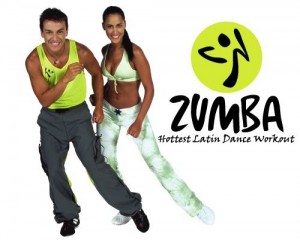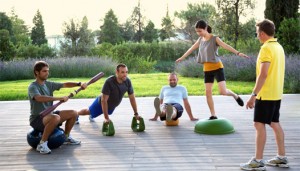Everyone knows that repping out like a wide-eyed Crossfit zombie doing their body jerking pull ups (aka, kipping pull up) is the shortest path to soft tissue destruction currently available at $250 a month. Honestly, I can easily find a few “made” guys from Long Island who would be more than willing to inflict just as much permanent joint damage at one-tenth the cost. I get it though. It’s a sport, right? And it makes you feel special to “compete” with others who enjoy accelerating the physical age of their body. It’s not much different from playing most sports. Except, when you call it exercise.

The purpose of exercise is to strengthen the body, which is why the idiot in the corner of the gym who’s doing the seated version of body jerking pull-ups that he calls lat pulldowns, is missing the point also. Same too for the chest bouncing bench presser and the other weight swingers.
The reason why this type of piss poor technique lands lifters on the operating slab is rooted in physics. Remember that guy Newton? He had some insightful stuff to say that’s applicable here.

The faster you lift a weight or the heavier the weight you’re attempting to lift, the more force your muscles must produce. More force production is great, except…when it happens abruptly. The more abruptly muscular force increase—as in the case of jerking, yanking, or popping a weight up—so too does the strain it places on the soft tissues and tendons. Not for nothing but tearing or muscle or tendon is no badge of honor Meatball.

Lifting the weight is not the only time when potential for injury is high. When the weight is lowered—or dropped back into the start position as my favorite Facebook Bodybuilding Superstars like to demonstrate—it increases in kinetic energy. Attempting to slow or stop an object that is increasing its kinetic energy results in those dastardly high forces that can cause tissue damage. This is why it’s so important to actually lower the weight under control and not simply “let go” during the negative.
Although it won’t impress any of my Facebook Bodybuilding Superstar friends, especially because it’s not a 400 lb. squat or 500 lb deadlift, here’s a quick clip of how I like to do it.


